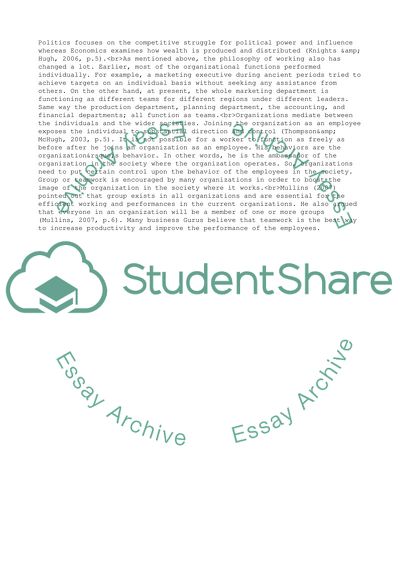Cite this document
(Advantages And Disadvantages Of Teamwork Case Study, n.d.)
Advantages And Disadvantages Of Teamwork Case Study. Retrieved from https://studentshare.org/management/1731386-managing-in-organisations
Advantages And Disadvantages Of Teamwork Case Study. Retrieved from https://studentshare.org/management/1731386-managing-in-organisations
(Advantages And Disadvantages Of Teamwork Case Study)
Advantages And Disadvantages Of Teamwork Case Study. https://studentshare.org/management/1731386-managing-in-organisations.
Advantages And Disadvantages Of Teamwork Case Study. https://studentshare.org/management/1731386-managing-in-organisations.
“Advantages And Disadvantages Of Teamwork Case Study”, n.d. https://studentshare.org/management/1731386-managing-in-organisations.


